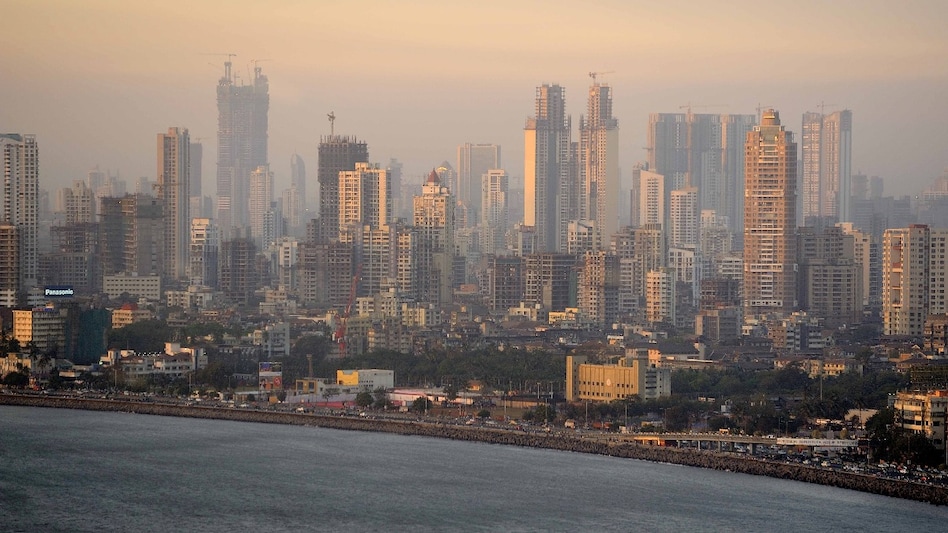 Worli Sea Face clocks in at ₹2.75 lakh per sq. ft., compared to just ₹1.5 lakh in Dubai’s Palm Jumeirah.
Worli Sea Face clocks in at ₹2.75 lakh per sq. ft., compared to just ₹1.5 lakh in Dubai’s Palm Jumeirah. 
 Worli Sea Face clocks in at ₹2.75 lakh per sq. ft., compared to just ₹1.5 lakh in Dubai’s Palm Jumeirah.
Worli Sea Face clocks in at ₹2.75 lakh per sq. ft., compared to just ₹1.5 lakh in Dubai’s Palm Jumeirah. Paying more for less is never a smart investment—unless you're buying property in Mumbai. In some of the city's swankiest neighborhoods, price per square foot now exceeds that of Dubai’s most exclusive real estate. And yet, the returns aren’t just lower—they’re dismal by global standards.
Worli Sea Face clocks in at ₹2.75 lakh per sq. ft., compared to just ₹1.5 lakh in Dubai’s Palm Jumeirah. That’s not a typo. It’s a symptom.
“Mumbai isn’t just more expensive than Dubai—it gives you less for your money,” wrote Dwipa Shah, a wealth advisor, in a recent LinkedIn post that’s sparking debate. “You pay more per square foot, and still earn lower rental yields.”
Mumbai’s average yield is around 4.15%. Dubai? A sharp 7.24%. Investors in India’s financial capital are not only overpaying—they’re under-earning.
Why? It’s not just demand. Mumbai suffers from self-inflicted wounds: outdated laws like the Urban Land Ceiling Act, restrictive FSI limits, and a painfully slow approval system. Developers are squeezed by red tape, compliance costs, and limited buildable land. All of that gets passed to the buyer.
Dubai, meanwhile, makes it easy. There’s zero property tax, fast-track construction permits, and infrastructure that actually works. The roads are wide, the power reliable, and planning futuristic.
What’s worse, Mumbai’s sky-high prices aren’t driving better living. Traffic, overpopulation, and crumbling infrastructure make daily life a battle. So why do prices keep rising? Because land is hoarded, projects are delayed, and bureaucracy keeps supply locked behind closed doors.
The result: a market where luxury doesn’t mean livability, and investment doesn’t mean return.